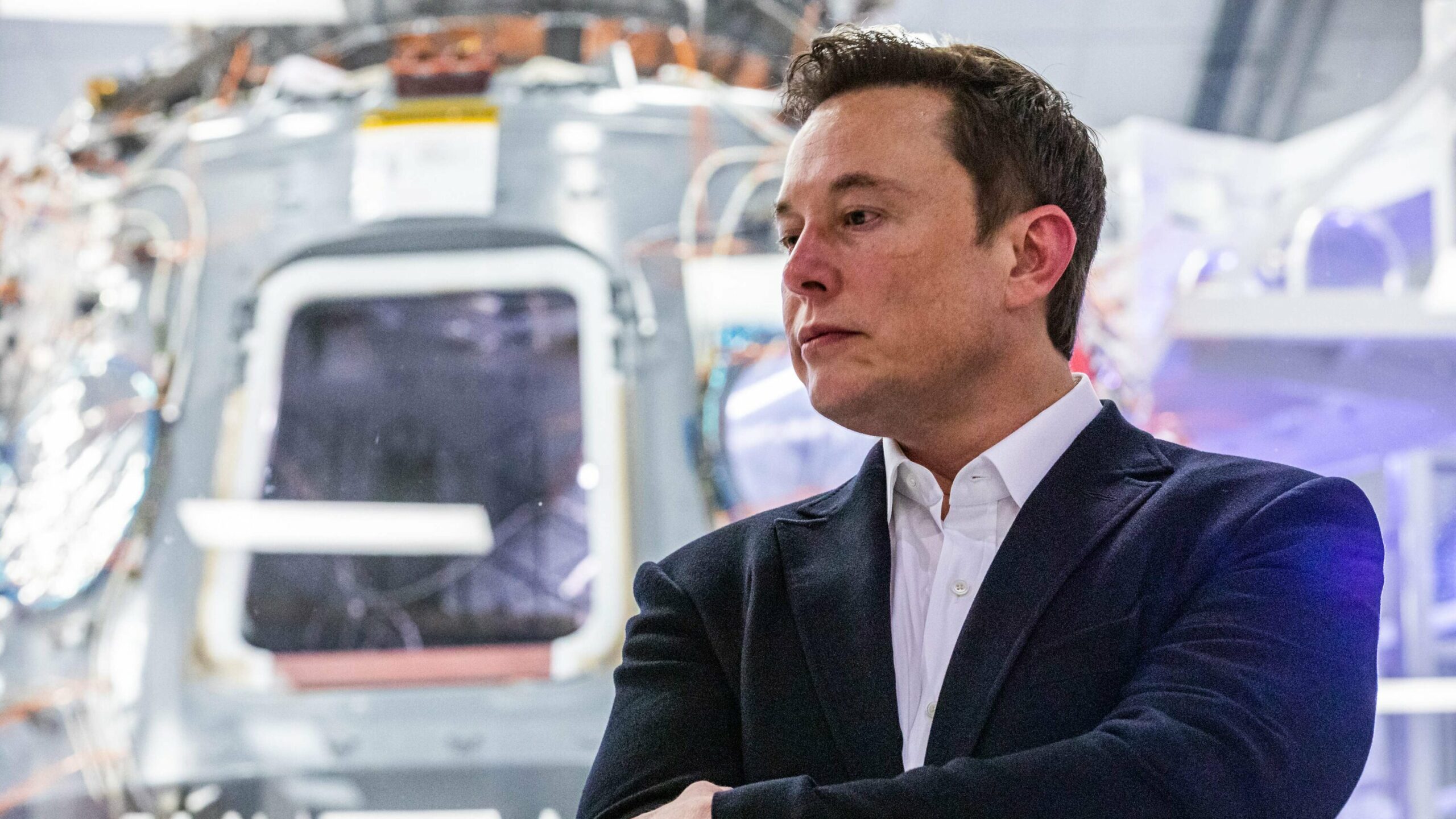Human Interest
SpaceX conducts greatest static fire test in history
The Space Exploration Company (SpaceX) achieved a new developmental milestone by conducting the largest static fire test in history.

The Space Exploration Company (SpaceX) set a new milestone in rocketry yesterday. A prototype booster, sporting 33 rocket engines, fired 31 of them for five seconds. At the end of this “static fire” test, the booster and Orbital Launch Mount remained intact.
SpaceX gets results
Elon Musk, CEO of SpaceX, summed up the test results:
He expressed further confidence that his totally reusable heavy-lifting rocket ship, which he calls Starship, will succeed:
The ignition took place at 3:23 p.m. CST (or 9:23 p.m. UTC/GMT).
SpaceX, for the first time, offered a live stream to YouTube after sounding a ten-minute warning siren at its production and proving ground, called Starbase, outside Boca Chica, Texas.
The test set a new record for the largest number of rocket engines firing at once. The Soviet M1 heavy lifter held the previous record. But “Booster Seven” did M1 one better: it remained intact, whereas M1 blew up.
Big plans for Starship
SpaceX hopes that Starship’s two stages will lift up to 150 metric tons to low Earth orbit, then return safely. To that end, the company designed and built a launch tower with two gigantic grappling arms, called “chopsticks.” The two arms ride on a vertical carriage on one side of the tower. SpaceX has already used them to stack a “ship” (the second stage) on top of its booster (first stage). The company intends using the “chopsticks” to catch a returning booster while in flight and set it down on the table-like Orbital Launch Mount. The “ship” can land nearby, and the “chopsticks” can then “stack” it on the booster. In this way SpaceX hopes to support a “launch cadence” of as many as three launches a week. SpaceX is also developing another unheard-of technique: orbital re-fueling of a payload-carrying “ship.”
The company intends all this to support a massive effort to build a city on the planet Mars. Elon Musk has previously described a vision of literally launching a thousand “ships” to the Red Planet. But in addition, NASA has awarded SpaceX a contract to design and deploy a “ship” that would remain in space, once launched, and land on and take off from the Moon.
The entire effort supports Musk’s dream of making humanity a “multiplanetary species.”
Terry A. Hurlbut has been a student of politics, philosophy, and science for more than 35 years. He is a graduate of Yale College and has served as a physician-level laboratory administrator in a 250-bed community hospital. He also is a serious student of the Bible, is conversant in its two primary original languages, and has followed the creation-science movement closely since 1993.
-

 Civilization5 days ago
Civilization5 days agoOn the 2025 National Security Strategy
-

 Civilization3 days ago
Civilization3 days agoIvory Tower Thinking and Narcotics Boats
-

 Executive2 days ago
Executive2 days agoThe Last Supper: New York’s Socialist Feast
-

 Civilization2 days ago
Civilization2 days agoYoo Hoo, VP Vance—Your Character is Showing!
-

 Executive4 days ago
Executive4 days agoWaste of the Day: Shockingly, Inmate Phone Calls Lead to More Criminal Activity
-

 Civilization5 days ago
Civilization5 days agoIf Not a Musk, Then the Navy Needs Another Rickover
-

 Executive4 days ago
Executive4 days agoWH Ignores Demands From Pro Life Lobby To Fire FDA Commissioner
-

 Civilization4 days ago
Civilization4 days agoGeneral Misconduct: There Is an ‘I’ in Milley














